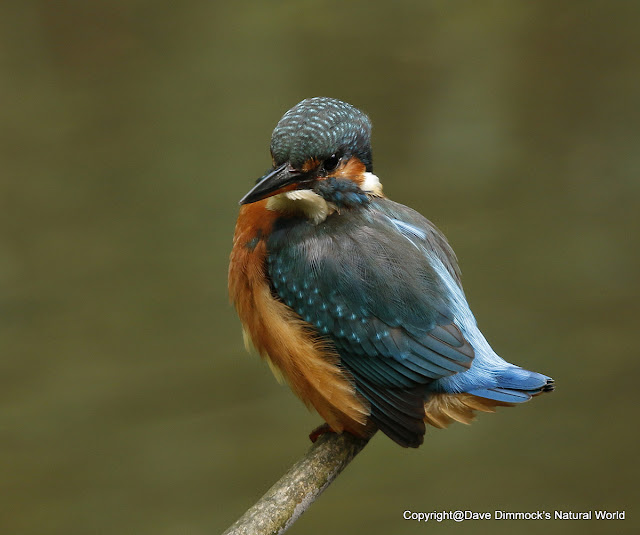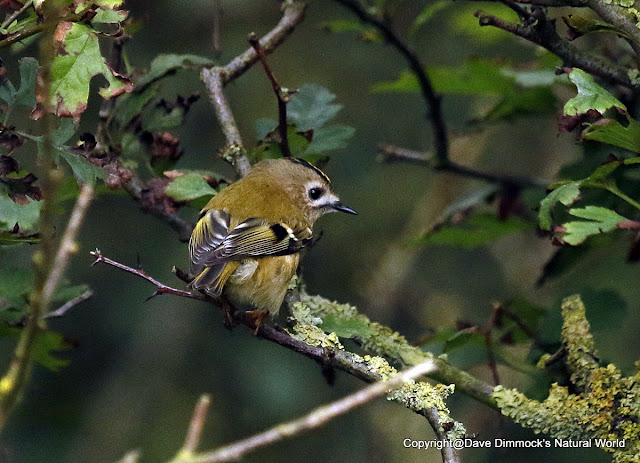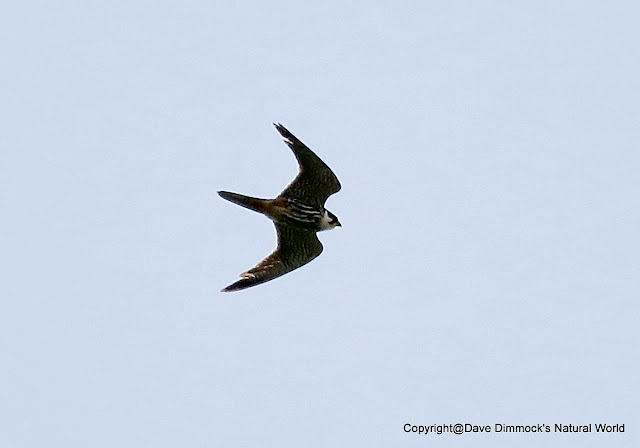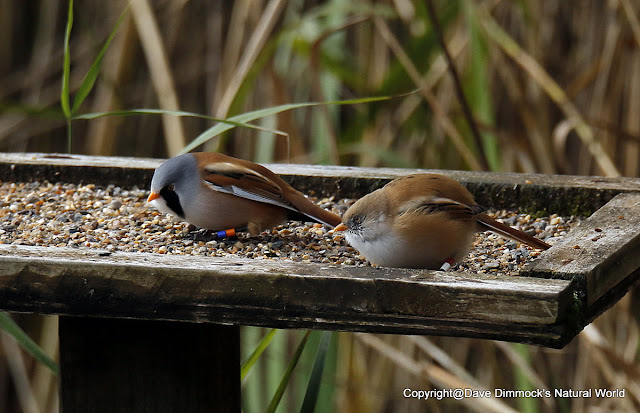Time for an update, my apologies to followers of my blog for the lack of recent posts.
We have had some difficult family issues to deal with and that takes precedence over everything else, my love of wildlife is great but my love of our family is greater.
An "accidental" holiday in Fuerteventura brought us some nice temperatures, 25 to 28 degrees Centigrade is very comfortable. We should have been birdwatching in Portugal but the flight was with Monarch Airlines, fortunately the holiday was booked through a travel agent, they immediately refunded us but other holidays were limited as ex Monarch customers re-booked flights.
Fuerteventura has much to offer, glorious sunsets on the west of the island...
An endemic kestrel, slightly rustier looking than the common kestrel...
Lots of southern grey shrikes
Spectacled warbler which took us an age to spot after we heard its characteristic call from a shrub!
Plenty of waders and gulls were seen and we had an enjoyable week.
Back home a big number of hawfinches had arrived, the largest of the finch family they migrate here in winter but not usually in such big numbers. Our best opportunity to see them in numbers was at Yorkshire Arboretum part of the Castle Howard estate.
Superficially similar to female chaffinch their size and massive bill makes them fairly easy to spot!
Another bird species has been appearing locally, and one close to my heart as the relentless persecution of them continues...hen harrier at my raptor watchpoint.
Yes a murky day but the sight of a hen harrier always gladdens my heart!
We had a few days in SW Scotland with some good friends, a magnificent starling murmuration was one of the highlights.
And a tiny goldcrest
Red squirrels at Eskrigg Nature Reserve nr Lockerbie are a delight!
Back at my raptor watch a sparrowhawk flew overhead
A chance sighting of a jay as we drove down a quiet country lane!
And then...a joyous day, a full adult male hen harrier not too far from home. Local birders disclosed the location to a few trusted people, fortunately that includes me. Along with a good mate we searched, searched and once again searched to no avail! Driving along a quiet road we finally spotted it flying along side us!! Car parked as carefully as we could picked it up heading further away, a quick study of the map disclosed a path that may get us closer. I drove a short distance to the area we chose, fortunately a small car park was nearby. What started as a decent path on the edge of woodland quickly became a muddy gloopy slippery mess, several ditches had to be crossed, logs had been placed as bridges but they were icy. Carrying long range camera gear makes you top heavy and more slip prone, feet sunk into bogs but on we trudged, laughter can make you forget how cold and wet your feet are.
Eventually we crested a small ridge and there below us about 100 yards away...the male hen harrier!
We took care to keep concealed to minimise any risk of disturbance and then retraced our muddy steps back to the car, a great experience!
I seem to be having good fortune with hen harriers at the moment, a third location has a juvenile female showing well...
Work hard and you get lucky maybe? Be respectful of wildlife and it rewards you? Keep in touch with others who love wildlife? A combination of all three probably and I would not have it any other way. There is definitely a correlation between the frequency you get out and the rewards you get, respect for wildlife is always key, disturb a bird or creature and you may never see it again, earn the trust of others and they share things. Three easy steps for all aspiring birdwatchers and or photographers.
Many thanks to all who read the blog, please don't forget if you do comment that they do come to me first for moderation.
Cheers hope you all had a great Christmas and I wish you a Happy New Year.
Reports from my walks and wildlife observations in and around the valley of Airedale, North and West Yorkshire.
Friday, 29 December 2017
Monday, 23 October 2017
Autumnal observations
As autumn takes a grip on our weather, and the leaves on the trees turn into fiery golden and red colours, before falling and turning into crisp and crunchy piles under our feet or...soggy things that cling to everything, some wonderful sightings occurred.
A few visits to local reserves and some time out on the east coast plus my raptor watch has turned up some spectacular birds, none gained without some patience but regular readers know my habits!
St Aidans, a relatively new RSPB site nr Leeds is well known to local birdwatchers, part of it is better known as Swillington Ings and has been a favoured site for many for a lot of years.
I enjoyed a day there with a mate, nothing too spectacular but kestrel sightings were good.
A great crested grebe showed well...
and another kestrel
A couple of lingering sand martins too
My kingfisher site yielded some great results as this young female offered a variety of poses in a short stay. My new 150-600mm lens paid great dividends on this occasion!
These photographs were taken at a public hide and the kingfisher hunts in a small natural pool, some contrast with the artificial backgrounds offered by the tank set ups!
One day at my raptor watchpoint we had lots of distant sightings of our beloved raptors, appearing close enough for a photograph was...a common green grasshopper, all things bright and beautiful, all creatures great and small sprang to mind!
Me and Josie enjoyed a few days break near the east coast, a red backed shrike had been showing at Bempton Cliffs RSPB reserve but would we find it? ............Success
A beautiful bird that used to breed near the east coast before habitat destruction forced it elsewhere, now they are "occasional visitors", victims of the destruction of our ancient hedgerows. More on them later.
We had a wander on the clifftops where a few gannets remain, by now they have probably left.
We re-located the female shrike and I managed a few more shots
A whinchat, another bird that is getting harder to see
A tiny goldcrest in poor light
A couple of days later we had another visit and got more views of the red backed shrike, this time capturing some food, probably a beetle their favoured prey.
Another visit to St Aidans and a grey heron took off close to us
I was checking a bird in the sky when I spotted something interesting high up and just a silhouette, but unmistakeable...a hobby! Would it drop down near enough for even a distant photograph? Yeah it did!
A great crested grebe did an obliging wing flap for us...
The barn owl site I was very privileged and thankful to be informed about has worked out well, the owls have not been disturbed by too many people being there, the few who know keep their distance and a second brood have been raised, great news. These wonderful birds suffer enormous population crashes when the vole breeding cycles descend, wet spring weather is a big factor.
The ease of the barn owl with our presence can be seen by the proximity, stunning birds to be so close to!
A trip to Leighton Moss RSPB reserve to see if we could get lucky with the bearded tits, bearded reedlings to be correct as they are not part of the tit family and are more closely related to larks, strange but true.
Grit tray shots only but nice to see...
Just occasionally my raptor watchpoint offers photographic opportunities to capture some images of the birds we see, one day recently I got lucky as an osprey lingered in the area for a while.
What a sight!
An amazing wildlife spectacle we witnessed at first hand for the first time recently...salmon leaping up falls to reach their spawning grounds.
The river Ribble at Stainforth Force near Settle is a great place to see this astonishing behaviour close up. The Force was in spate and we wondered if the fish would make it...
The big ones did, the smaller ones did not, nature's way.
For once I could have done with a smaller lens and there was a lot of guesswork and shutter clattering involved but great fun and a fantastic experience.
Pulled by instinct these wonderful Atlantic salmon make their journey, spawn a very few return again, many die after their life's mission is completed. Their remains will provide food and nutrition for many others species though.
The true beauty of nature, unaltered and oblivious or not affected by human behaviour.
Many thanks to all who read, I am very grateful. Please don't forget if you do comment they come to me first for moderation.
A few visits to local reserves and some time out on the east coast plus my raptor watch has turned up some spectacular birds, none gained without some patience but regular readers know my habits!
St Aidans, a relatively new RSPB site nr Leeds is well known to local birdwatchers, part of it is better known as Swillington Ings and has been a favoured site for many for a lot of years.
I enjoyed a day there with a mate, nothing too spectacular but kestrel sightings were good.
A great crested grebe showed well...
and another kestrel
A couple of lingering sand martins too
My kingfisher site yielded some great results as this young female offered a variety of poses in a short stay. My new 150-600mm lens paid great dividends on this occasion!
These photographs were taken at a public hide and the kingfisher hunts in a small natural pool, some contrast with the artificial backgrounds offered by the tank set ups!
One day at my raptor watchpoint we had lots of distant sightings of our beloved raptors, appearing close enough for a photograph was...a common green grasshopper, all things bright and beautiful, all creatures great and small sprang to mind!
Me and Josie enjoyed a few days break near the east coast, a red backed shrike had been showing at Bempton Cliffs RSPB reserve but would we find it? ............Success
A beautiful bird that used to breed near the east coast before habitat destruction forced it elsewhere, now they are "occasional visitors", victims of the destruction of our ancient hedgerows. More on them later.
We had a wander on the clifftops where a few gannets remain, by now they have probably left.
We re-located the female shrike and I managed a few more shots
A whinchat, another bird that is getting harder to see
A tiny goldcrest in poor light
A couple of days later we had another visit and got more views of the red backed shrike, this time capturing some food, probably a beetle their favoured prey.
Another visit to St Aidans and a grey heron took off close to us
I was checking a bird in the sky when I spotted something interesting high up and just a silhouette, but unmistakeable...a hobby! Would it drop down near enough for even a distant photograph? Yeah it did!
A great crested grebe did an obliging wing flap for us...
The barn owl site I was very privileged and thankful to be informed about has worked out well, the owls have not been disturbed by too many people being there, the few who know keep their distance and a second brood have been raised, great news. These wonderful birds suffer enormous population crashes when the vole breeding cycles descend, wet spring weather is a big factor.
The ease of the barn owl with our presence can be seen by the proximity, stunning birds to be so close to!
A trip to Leighton Moss RSPB reserve to see if we could get lucky with the bearded tits, bearded reedlings to be correct as they are not part of the tit family and are more closely related to larks, strange but true.
Grit tray shots only but nice to see...
Just occasionally my raptor watchpoint offers photographic opportunities to capture some images of the birds we see, one day recently I got lucky as an osprey lingered in the area for a while.
What a sight!
An amazing wildlife spectacle we witnessed at first hand for the first time recently...salmon leaping up falls to reach their spawning grounds.
The river Ribble at Stainforth Force near Settle is a great place to see this astonishing behaviour close up. The Force was in spate and we wondered if the fish would make it...
The big ones did, the smaller ones did not, nature's way.
For once I could have done with a smaller lens and there was a lot of guesswork and shutter clattering involved but great fun and a fantastic experience.
Pulled by instinct these wonderful Atlantic salmon make their journey, spawn a very few return again, many die after their life's mission is completed. Their remains will provide food and nutrition for many others species though.
The true beauty of nature, unaltered and oblivious or not affected by human behaviour.
Many thanks to all who read, I am very grateful. Please don't forget if you do comment they come to me first for moderation.
Labels:
barn owl,
bearded tit,
gannet,
goldcrest,
grasshopper,
great crested grebe,
grey heron,
hobby,
kestrel,
kingfisher,
osprey,
red backed shrike,
salmon,
sand martin,
whinchat
Subscribe to:
Posts (Atom)




























































































